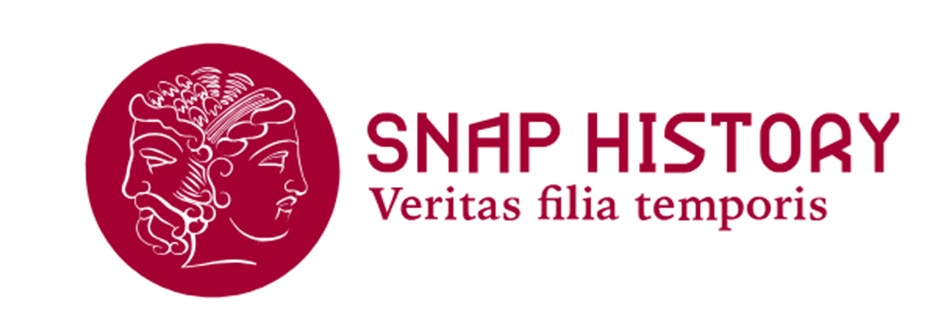Hymn of the crocodiles
A mysterious text composed only of crocodile hieroglyphics

Egyptian Temple with Hieroglyphics - AI Generated Image
Egyptian civilization is one of the most fascinating ancient cultures in the world. The grandeur of the pyramids, with the mysteries of the tombs & hidden texts within them, rightfully makes this land one of the Seven Wonders of the Ancient World. Since Napoleon’s first exploratory campaigns, scholars have sought to uncover the ancient secrets of this multifaceted, millennia-old civilization.
Writing, present since the earliest phases of pyramid construction, has captivated both specialists and the general public. The hieroglyph, a Greek word meaning "sacred engraved sign," was a system developed exclusively for writing the Egyptian language and had a unique characteristic: iconicity, meaning that the symbol directly represented what it depicted. In the earliest stages of the language, for example, a sign like the baboon stood for the Egyptian word for "baboon." Later, hieroglyphs took on additional functions: beyond being ideograms, they were also used as phonograms, detaching the symbol from its literal meaning to represent a sound.
During the Ptolemaic hieroglyphic phase, known as Égyptien de tradition, hieroglyphs evolved into a Kunstsprache, an "artificial language" no longer spoken but used in written texts. It was during this stage of Egyptian writing that a mysterious text known as the Hymn of the Crocodiles emerged.
Within the Temple of Khnum at Esna, built during the reigns of Ptolemy VI and Ptolemy VIII (circa 2nd century BCE), a religious hymn is inscribed on the doorposts of one of the entranceways, composed entirely of crocodile hieroglyphs. The inscription, still not fully deciphered, begins with a hymn formula and continues using over 30 variations of the crocodile symbol alone.
A counterpart to this inscription is the Hymn of the Ram, also carved onto the doorposts of this spectacular temple. Both texts are the result of an erudite exercise that simultaneously carries elements of spiritual rituality, deliberately cryptic and inaccessible to the reader.
In an Egypt that had become increasingly Hellenized, Ptolemaic hieroglyphs preserved the allure of an ancient civilization, with certain aspects still waiting to be unveiled.
Site: Christian Leitz, "Die beiden kryptographischen Inschriften aus Esna mit den Widdern und Krokodilen", Studien zur Altägyptischen Kultur 29, 2001, 251-276 Jstor.org (consulted on March 2025).
Sofia Comini, Master's student in Ancient Sciences (Ca' Foscari University of Venice)
2025-06-24
Salvatore Ciccarello
